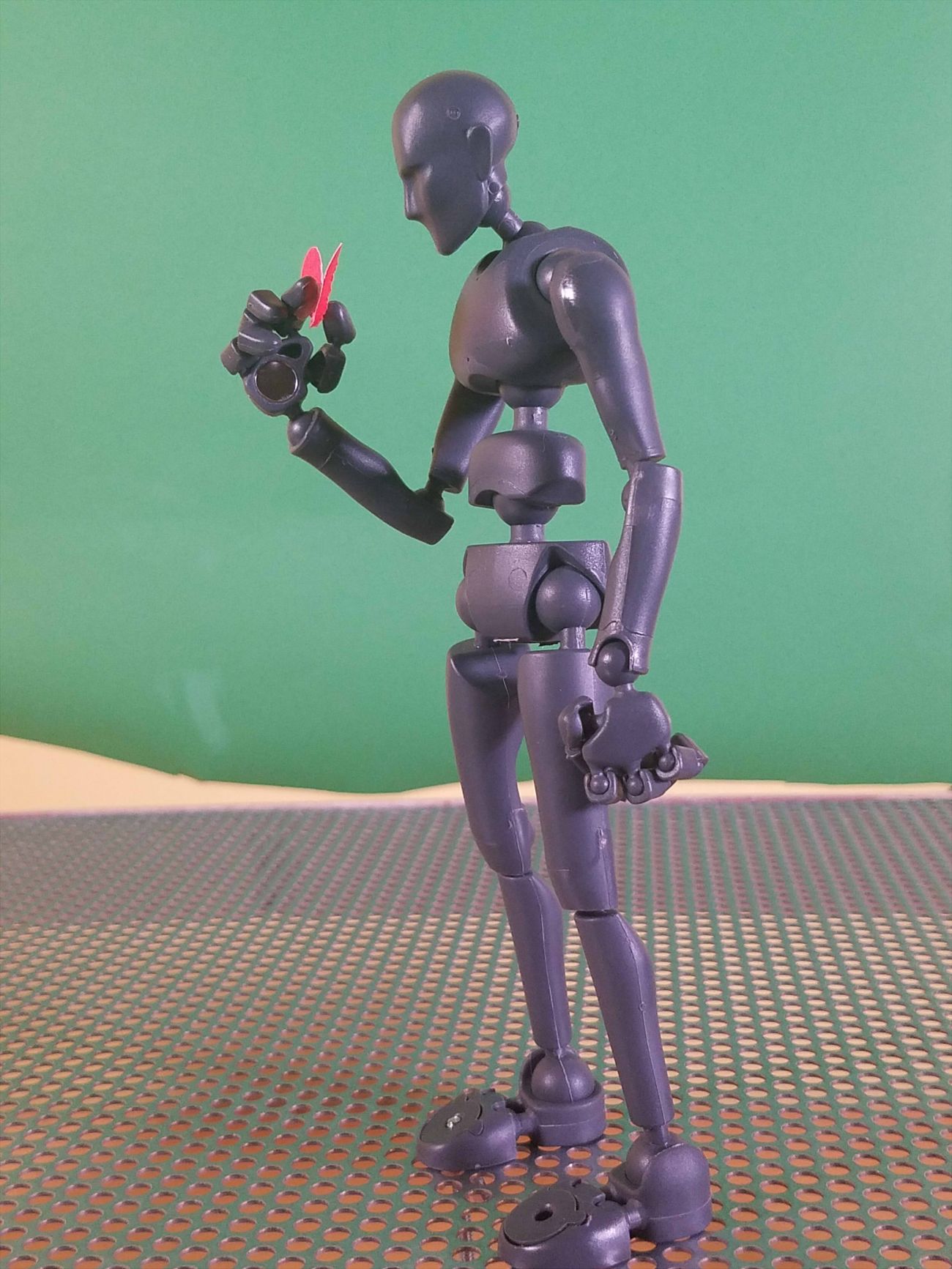

You're going to drag this and click and now you can use all the buttons underneath to adjust your focus.
#Dragonframe adjust focus archive#
Finally, the need for a new appropriate museum and archive infrastructure is shown to preserve the art of our time. Next to it is the focus check, and this is where you can adjust your focus from Dragonframe itself. Click on the Camera icon, located top right of the application, to.
#Dragonframe adjust focus manual#
Ensure that the camera is set to MANUAL mode and that Auto Focus is turned off. In a transdisciplinary approach, theoretic and practice-based research from these stakeholders in art, research, education and exhibition are presented to create an overview of present preservation methods and discuss demands and opportunities for the future. Check that the camera is connected to the computer via it’s USB lead and turn it on. This book brings together leading international experts from digital art theory and preservation, digital humanities, collection management, conservation and media art histories. From artists, scholars, technicians and conservators – to preserve this contemporary art is a transdisciplinary task. By its media, art in the digital sphere is processual, contextual, modular and ephemeral, and its creative process is collaborative. Digital art challenges archiving, collecting and preserving methods within and outside of gallery, library, archive and museum (GLAM) institutions. Alcalá Mellado /Beatriz Escribano Belmar, Anne-Marie Duguet, Howard Besser, Giselle Beiguelman, Wendy Coones, Sarah Kenderdine, Marianne Ping-Huang, Raphael Lozano Hemmer, Annet Dekker, Janina Hoth, Laura Leuzzi, Diego Mellado, Oliver Grau, Goki Miyakita/Keiko Okawa, Sabine Himmelsbach, Francesca Franco, Patricia Falcão. Use focus ring on camera lens to adjust focus to best of your. The project will also bring in USDA national and state satellite data along with information gleaned from other local agricultural sites, including Cal Poly Pomona's Spadra Farm and the nearby Huntley Vineyard.ĭata collection that started this summer will continue through 2024.With contributions by: Frieder Nake, George Legrady, José R. Setting Focus: Preview in Live View (If not functioning reset by pressing 3 on keypad) 1. If you are using Dragonframe with a camera you can use the Basic Animation 2D article with the changes below.

IF you are using another camera it could be slightly different.

This article is based on using Canon DSLR camera. The project will send students out into the fields to collect data. When using Dragonframe at home the initial setup will be different than working in our labs. When i set the camera as a still source test shots come through looking normally, captured frames also come out normally, i also have an elgato camlink. Press question mark to learn the rest of the keyboard shortcuts. "Are we using areas that we will maintain or remain suitable? Are we developing new areas in locations that would not be suitable in the future? One point for us is to define suitability - to have the appropriate or good climate, soil and good terrain for the crops to grow." r/Dragonframe: All things Dragonframe, the top-notch stop-motion tool developed by DZED Systems. "Given that climate change is happening so fast, climate conditions ask, 'How can farmers plan for it?'" Gabriel Granco, lead investigator and a geography professor, said in a statement. The grant will help Cal Poly Pomona researchers bring climate change research to farmers growing California's best known crops - grapes, strawberries, and citrus fruits, all three of which are billion-dollar industries. More than a third of the nation's vegetables and two-thirds of the country's fruits and nuts are grown in California, which is mired in a historic drought forcing some farmers to switch to growing less water-intensive crops. How will climate change impact California's farming industry? A research project at Cal Poly Pomona will aim to figure that out with a $300,000 grant from the USDA's National Institute of Food and Agriculture.


 0 kommentar(er)
0 kommentar(er)
